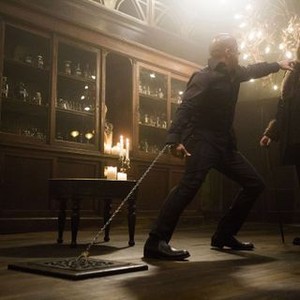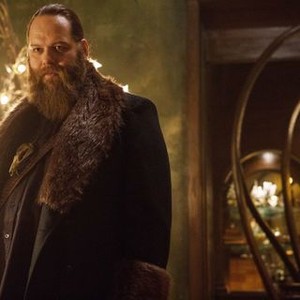


Again, that might have been a sign of the times, an impression that you could rebel, you could work your ass off, but things just weren’t going to break your way. Interestingly, in most of these movies, the central character…loses. Some of these social outsiders were free spirits ( Vanishing Point ), some lived in a shadow world where the “straights” rarely if ever ventured ( The Hustler, The Cincinnati Kid, Bring Me the Head of Alfredo Garcia, Hard Times ), some were flat-out lawbreakers ( The Flim-Flam Man Bonnie and Clyde), some had broken with reality ( Taxi Driver, They Might Be Giants ), and some, well, they had their dreams, their ambitions, but never got the breaks ( Rocky ). Portraits of rebellion ranged from the comic ( A Thousand Clowns, A Fine Madness ) to the tragicomic ( One Flew Over the Cuckoo’s Nest, Network ) to the absurdist (Brewster McCloud ) to movies that became icons of societal rebellion ( Cool Hand Luke, Easy Rider ).

However it happened, over the course of the 1960s and into the 1970s, Hollywood fell in love with oddballs, mavericks, rogues, eccentrics, renegades, demimonders, outcasts, misfits, and people who just couldn’t-or wouldn’t - supply what mainstream American society demanded of them. Some of it was a reaction to Vietnam, some of it a more universal reaction against an individuality-suffocating demand for social conformity. Maybe it was a product of the time: the counter-culture revolution, youth rebellion, disenchantment and disillusionment with the societal status quo and authority figures seen as morally bankrupt.


 0 kommentar(er)
0 kommentar(er)
